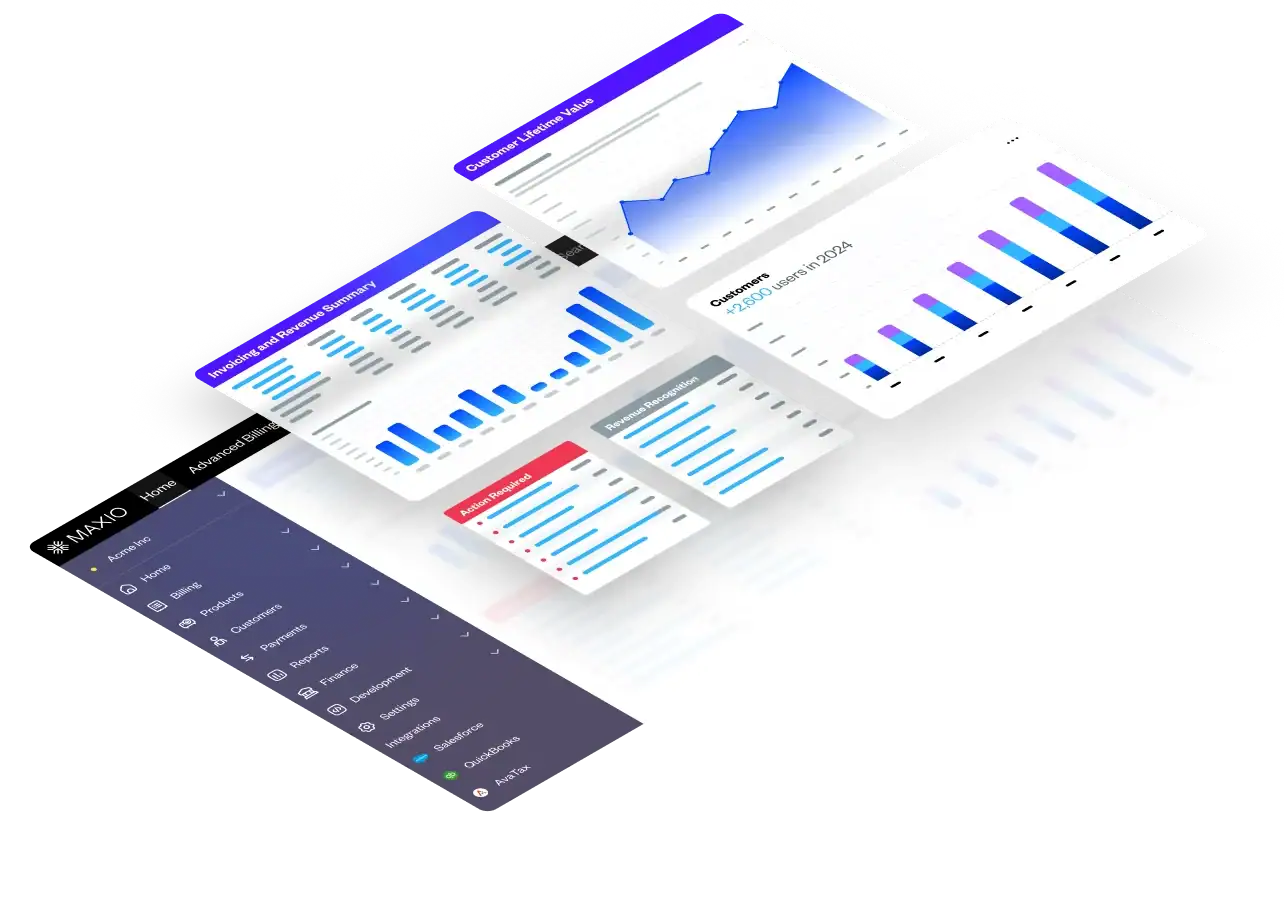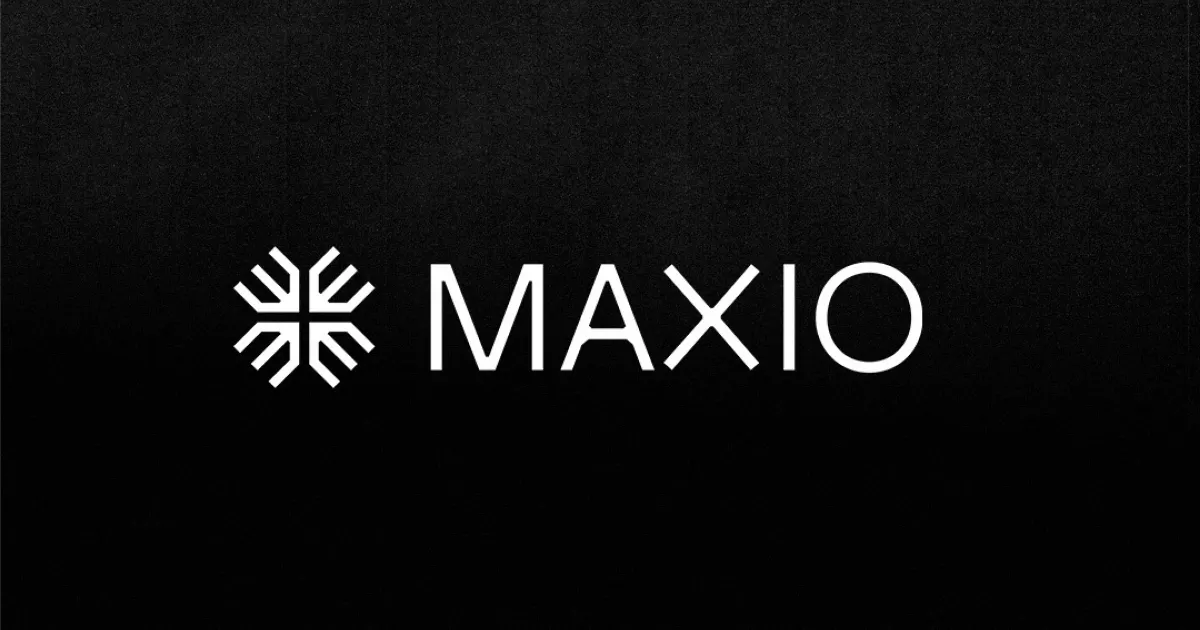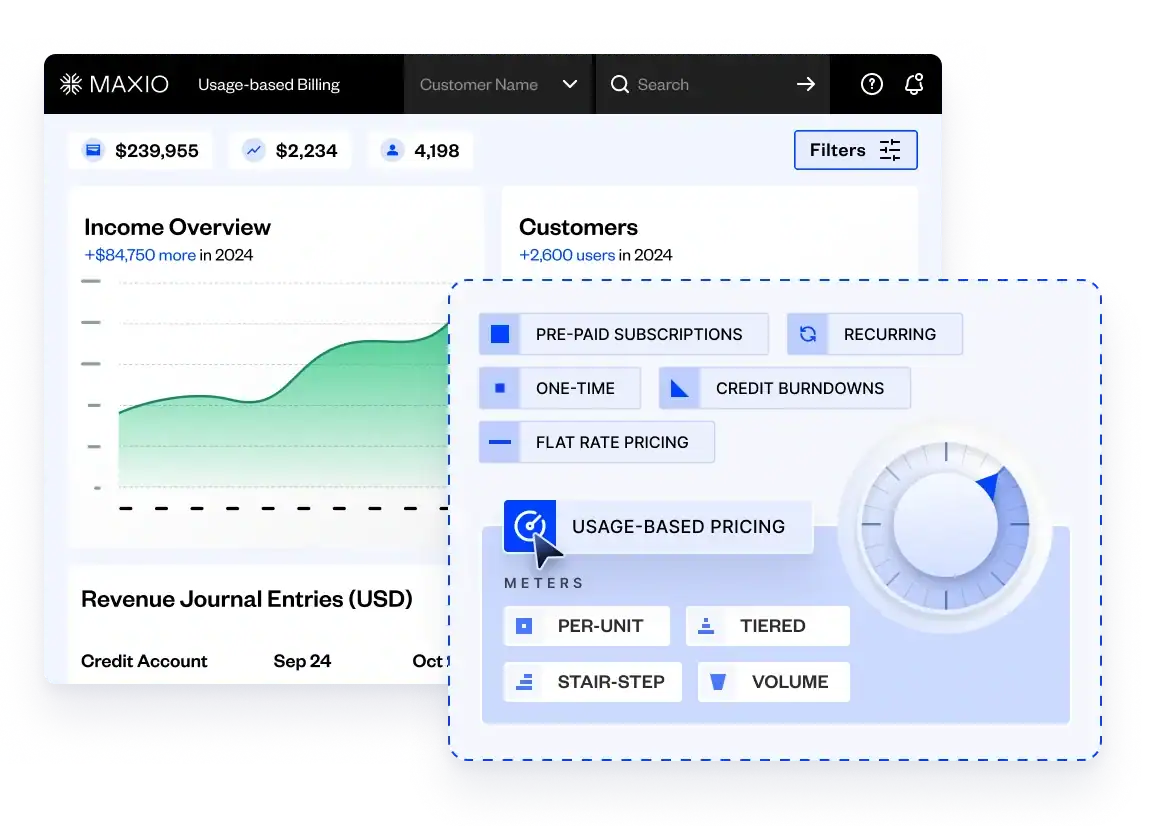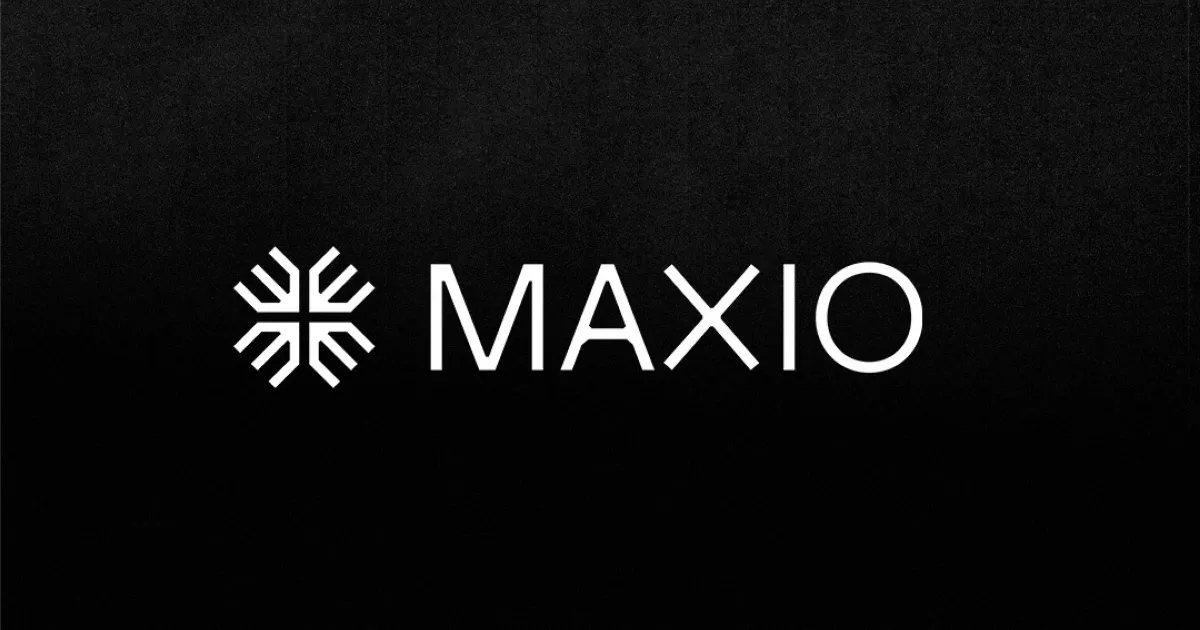SaaS companies live or die by their pricing strategies. And oftentimes, it’s the initial pricing model they come out of the gate with as a brand new subscription service that seals their fate.
No pressure, right?
Since 2010, the average spend of SaaS companies has steadily increased each year and the overall market is expected to reach a whopping $623 billion by 2023. While the SaaS industry is thriving, it’s not skyrocketing margins and headline success for all. Business is booming, yes, but the attrition rate of SaaS startups is equally high. It’s estimated that only about 10% of SaaS startups succeed, with the rest failing within their first three years.
So what’s the culprit behind these lopsided odds? There are numerous key business decisions that go into a SaaS startup that affect the success or failure rate, but one in particular seems to be the Achilles’ heel of sustainable SaaS success.
The pricing predicament.
It’s a numbers game. Price your product too low simply to beat the competition’s prices and you risk not being taken seriously and losing out on profits. On the contrary, price your product too high to break out strong in the market and you risk pushing potential customers away. Why would they pay more for your service when they can get the same or similar product elsewhere (for cheaper)?
Needless to say, your SaaS pricing model is not an aspect to take lightly. In fact, studies show a 1% improvement in your pricing strategy can result in an average boost of 11.1% in profits.
A poor pricing strategy can doom your climb to success before you’ve hit a cruising altitude.
So what’s the recipe for a sustainable SaaS pricing strategy?
The right pricing strategy allows you to set a tactical price point that fuels business growth and potentially enables you to become a disruptor in the subscription market. With the continued rise of SaaS dominating the market—73% of organizations will be using SaaS companies in some capacity this year—subscription businesses are facing more fierce competition than ever. You need every advantage you can get to emerge superior and compel prospective customers toward taking a profitable action (a trial, demo, or long-term subscription, etc.).
However, there’s much more to SaaS pricing strategies than assigning a price tag to products. If structured deliberately, your pricing strategy can boost your product adoption and brand perception to spearhead higher conversion rates and ultimately, increase your revenue year after year. Before you’re able to set a strategic pricing strategy for your SaaS product(s), you need to to:
1. Study your target market and build quantifiable personas.
Before you ever attach a dollar amount to your subscription service, you should have performed in-depth research about your target customers and what makes them tick. Who are you trying to sell your product to? How do they interact with similar products/companies? Understanding the ins and outs of your buyer personas will serve as your starting point (and homebase) throughout your SaaS business journey. How much are they willing to spend on like services? How long do they generally subscribe to a similar product before canceling their membership or becoming a brand loyalist?
Where a lot of companies go wrong is assuming a list of buzzword customer adjectives is enough to describe their target customer, and forgoing market research and tracking customer data to build quantified buyer personas. To find your highest value customers, create three-dimensional personas backed by numbers and actionable data. For each persona, quantify their attributes by asking yourself:
- How do you identify your highest-value customers so you can position them effectively? How do you clone that group to reach out to similar prospects?
- What are the valued or unique features of your product that each customer segment really wants?
- What are these types of customers willing to pay for the right value?
- Are the unit economics (such as customer acquisition cost) of these customers profitable for your company?
This quantifiable customer persona data will help you formulate a customized pricing strategy that aligns with the value and expectations of your audience, while still fitting within your SaaS business goals.
2. Consider your brand perception.
How you’re perceived in your consumers’ eyes is everything. Don’t fall into the trap of simply pricing your product 15% less than your competitors’ prices and thinking that will drive popularity among your customer base. It won’t. Your price will define your brand perception, and merely lowballing your competitors will undermine your product’s value and perception.
Take Apple as a prime example. The dominant tech company takes the design, functionality, and superior brand perception of their products seriously. And while their iPhone prices continue to increase with each new model, they continue to maintain market share. So how does Apple’s higher-than-average prices not deter customers from buying iPhones? Because they’ve built a luxury brand, and their pricing strategy backs up this perception.
Put yourself in your consumers‘ shoes. While you might’ve been banking (quite literally) on the fact that consumers would appreciate a lower price, that low price might actually spark a negative reaction—thanks to society norms and dominant brand perceptions like the iPhone. High-end customers expect to pay high-end prices. Pricing yourself too low could actually backfire by fostering doubt as prospective customers think, “well, if they’re only charging this much, their product must not be up to par with their competition.”
As you’re developing your SaaS pricing strategies, keep a keen eye on the brand perception you’re trying to build and how the price you set may affect it. An effective pricing strategy can help you reduce your Customer Acquisition Cost (CAC) by strategically positioning your product in front of target customers and ultimately increase your Customer Lifetime Value (CLV) through value-infused prices and loyal brand perception.
3. Understand your competition.
25% of SaaS companies simply copy their competitors’ pricing. Just as you should research your potential customer personas, you should also research your competition’s business and pricing models, so you can be part of the 75% that does not consider mimic pricing an actual pricing strategy. How do their products compare to yours? These might seem like obvious things to look into, but the information will help you avoid basing your pricing strategy against a competitor who actually provides a slightly different type of service.
Along with understanding who your competition is and how they differ (or align) with your product, dig a little deeper by researching their successes and failures—both are telling examples you can use to strengthen your own pricing strategies. For example, maybe one of your competitors set a spontaneous price and lost customers or revenue. Studying weaknesses in similar SaaS pricing strategies will allow you to avoid those same pitfalls and get the most out of your pricing strategy. Similarly, studying the strengths in competitors’ pricing strategies will help you refine yours and model it similarly to see profitable results.
4. Align with value.
It’s the cohesive marriage between value and price which enables companies to create entirely new markets in the SaaS playing field. This point aligns closely with the first topic we discussed—understanding your market. You can’t determine what delivering superior value to your customers looks like without understanding what your customers really want (and what they’ll pay to get it). Once you’ve done your homework on this topic, you can truly start to unravel the value you have to offer them, and price strategically for that value.
As you work to determine your SaaS pricing strategy, it’s important to keep in mind that most people have a preconceived expectation of what something should cost, and they usually don’t deviate too far from that figure. Some people would never spend more than $1,000 on a new laptop. Others wouldn’t consider paying a cent less. Everyone has their own internal price-quality-value expectation scale, which is why you should find the customer personas that align most closely with the value and price you’re offering. Your pricing strategies should show your customers not only the cost-based value of your product, but all the resources and brand vision that went into creating your product.
Pricing is a process.
Stale pricing strategies lead to antiquated SaaS business models, which often contribute to that 90% startup failure rate. A well thought out pricing strategy is four times as efficient at improving your revenue as acquisition alone.
Implementing a successful SaaS pricing strategy is not a “set it and forget it” business move. As your customer base grows and you get a clearer idea of what the value they want, you should continue to test and optimize your prices. Surveying existing customers can give you a deeper understanding into pricing opportunities you may have missed, and it’s these insights that will enable your pricing strategy to evolve as your product and consumers change and grow.
The bottom line? By focusing on your SaaS pricing strategy and constantly making improvements, you can use it as a lever to maximize profits and grow your business year over year.
Position your business for success with complex pricing.
We understand you have a lot on your plate as a SaaS company—whether you’re just starting out or you’re an established player in the market. As the only billing platform built specifically for B2B SaaS, Maxio can help you harness the power of complex pricing for your benefit. Our team of SaaS billing experts help SaaS companies optimize their business functions and increase their revenue year over year. Learn more about Maxio or talk with an expert.




